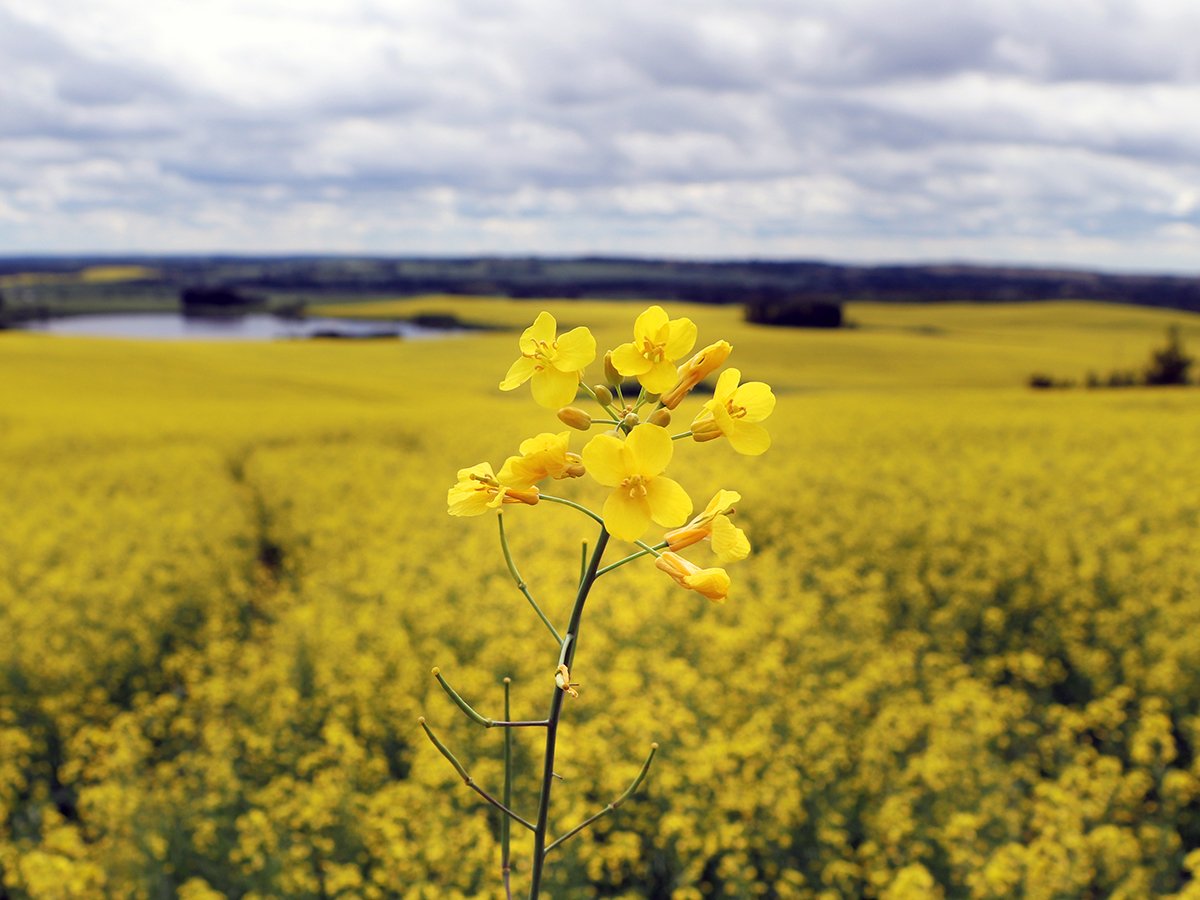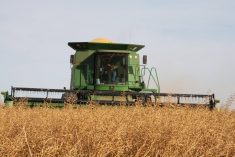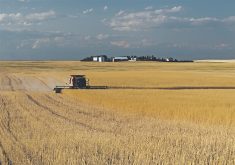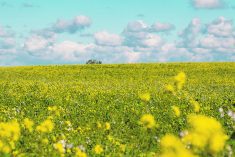WINNIPEG — Leaders in Canada’s mustard industry are worried that a new canola hybrid, not yet on the market, could harm mustard exports to Europe and other parts of the globe.
Mustard importers in countries such as France have almost zero tolerance for genetically modified organisms in shipments of mustard seed. This new canola hybrid will increase the risk of GMO contamination, said Rick Mitzel, executive director of Sask Mustard.
“There is a miniscule tolerance (for GMOs). It’s very, very tiny, as close to zero as you can get,” he said.
Read Also
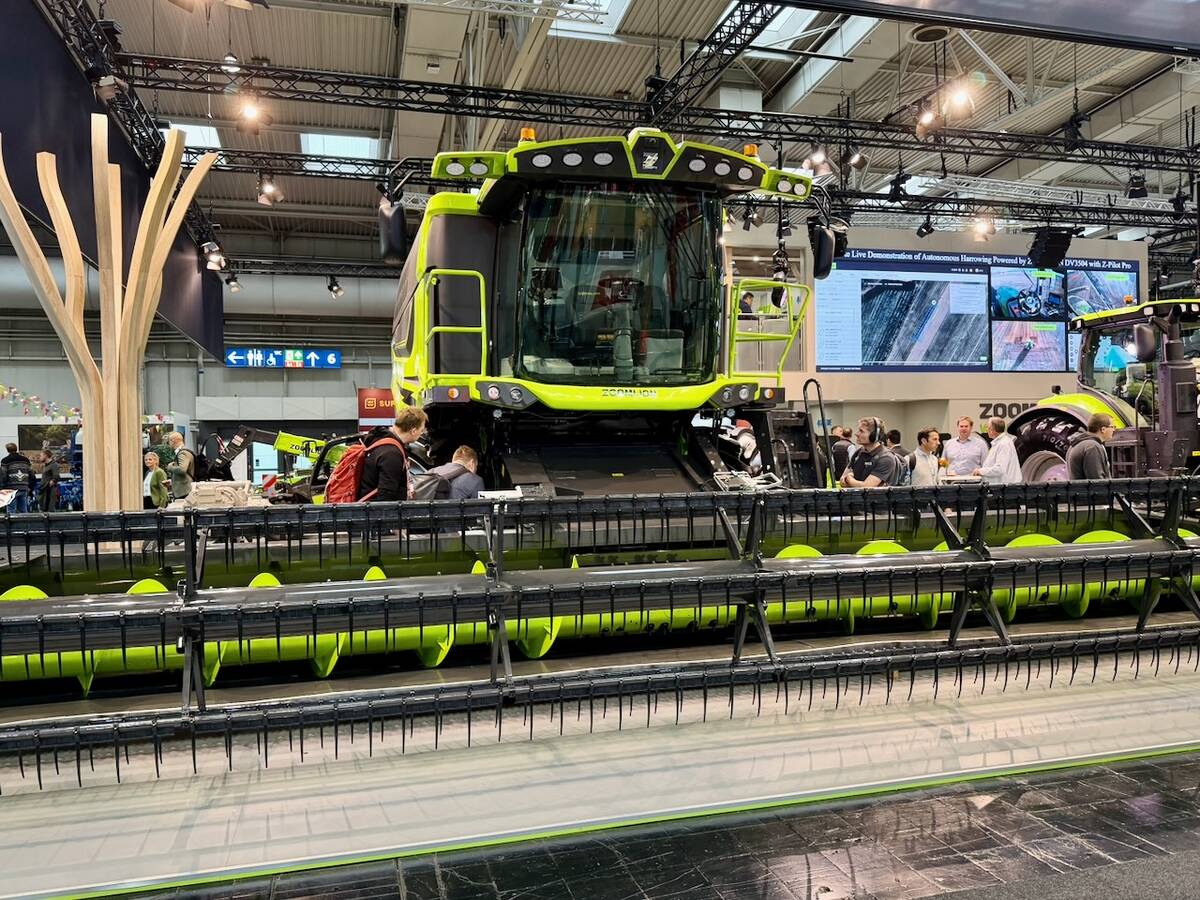
Agritechnica Day 3: Hybrid drive for a combine, data standards keep up to tech change and tractors of the year
Agritechnica 2025 Day 3: Hybrid drive for a combine, data standards keep up to tech change and tractors of the year.
“Any field of condiment mustard (seed) that’s anywhere close to a field of this InVigor Gold is definitely going to get (GMO) contamination.”
In June, BASF unveiled InVigor Gold, a canola hybrid suited for the brown soil zone of the Prairies and locations in the United States, such as Montana, where growing conditions are not ideal for canola.
“As demonstrated in BASF’s trials, InVigor Gold delivers heat tolerance and yield stability that will allow these hybrids to grow in hotter and drier environments and in lower organic soil compared to other canola hybrids,” says the BASF release.
The canola grown in Western Canada is a brassica napus, but InVigor Gold is a brassica juncea, the same family of brassica plants as mustard.
BASF bred the new hybrid, through years of research and development, so the seed has the same qualities as canola seed.
“InVigor Gold is planned to be the first LibertyLink-tolerant, canola-quality, yellow-seeded canola that is projected to allow delivery to the same elevator and processing with traditional canola,” BASF said.
Liberty Link tolerance means that the canola has been genetically modified to withstand glufosinate, a herbicide.
The seed quality may be similar to canola, but the plant is essentially a mustard, Mitzel said.
“The plant has been modified … so it produces canola oil instead of condiment mustard,” he said.
“A big (risk) is cross pollination. Because it’s GMO, pollen can flow and bees can pick it up and move it.”
InVigor Gold will likely be available for U.S. canola growers in 2027 and probably hit the Canadian market a few years later, around 2030, because of regulatory issues.
BASF Agricultural Solutions Canada believes there is sufficient time to work with the mustard industry to mitigate the risk of GMO contamination to ensure that InVigor Gold and mustard seed production can co-exist.
“For sure, we understand there’s concern for potentially some risk of cross-contamination,” said Wade Stocker, BASF seeds and traits manager for canola.
“However, we are at this point actively working to establish a path to co-existence with industry partners and (mustard) stakeholders…. We believe there is a path to co-existence, so both technologies can exist.”
BASF has already had contact with Mitzel and listened to his concerns. Later in September, BASF will meet with Mitzel and other mustard industry reps in Calgary to discuss possible solutions to the issue.
However, Mitzel remains concerned about the risk to Canada’s mustard industry.
In recent years, Canadian farmers have planted 300,000 to 600,000 acres of mustard. Last year, mustard exports were valued at $124 million.
“Saskatchewan, alone, supplies about 50 per cent of the world’s mustard,” Mitzel said.
“If you were to shut that down… it would be a huge (economic) loss.”
Stocker reiterated that BASF wants to collaborate with farmers and the mustard trade and introduce InVigor Gold in a responsible and transparent way.
“That’s exactly why we are engaging with them.”
There is time to work through this matter because InVigor Gold still needs to go through the regulatory process in Canada, he added.
“Our preliminary analysis is that we believe that co-existence can (happen),” Stocker said.
“We’re committed to working with stakeholders to flush that out in deeper detail.”
Mitzel feels InVigor Gold and condiment mustard production cannot co-exist, but he’s encouraged that BASF is willing to talk and will meet with mustard reps in Calgary.
“That’s a positive, and we’re looking forward to that.”


